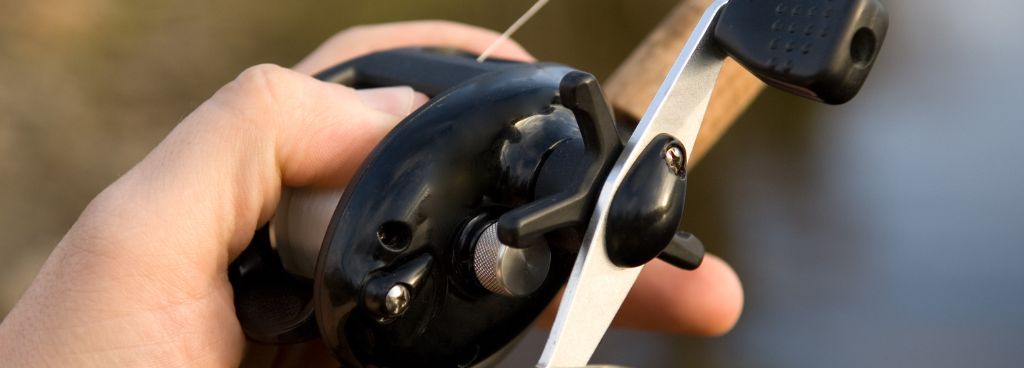Stories Worth Reeling In...
Last Updated on October 3, 2023
Baitcasting reels are prized for their accuracy and casting distance, making them a favorite among anglers. However, even the most seasoned anglers have experienced that dreaded issue: backlash. Backlash, often referred to as a “bird’s nest,” occurs when the fishing line gets tangled within the reel spool during a cast, resulting in a chaotic mess of line that can be a real headache to untangle.
In this article, we’ll delve deep into the world of baitcasting reel backlashes. We’ll uncover the causes, explore prevention techniques, and learn how to recover when the inevitable happens. So, let’s get started on the journey to mastering baitcasting reels and bidding farewell to those frustrating backlashes.
Table of Contents
A backlash, in the context of baitcasting reels, is essentially a tangled mess of fishing line on the reel’s spool. It happens when the spool continues to rotate after the lure has hit the water, causing the line to overrun and tangle. This mess can be a major buzzkill during your fishing trip.
When you cast with a bait caster, the spool releases line as the lure travels through the air. At the precise moment the lure hits the water, you need to stop the spool’s rotation with your thumb or a braking system. If you fail to do this or apply too much thumb pressure, the spool continues to spin, releasing an excess line.
The released line forms loops, and when these loops encounter the spool’s lip, they create a knot or tangle – the backlash. The longer the line continues to flow freely after the lure’s impact, the more severe the backlash becomes.
When it comes to baitcasting reels, there are several types to choose from, each catering to different styles of fishing. Here are some common ones:

The design and features of a baitcasting reel can significantly affect the likelihood of experiencing backlashes. Here’s how:
Let’s delve into the steps for getting your bait caster finely tuned.
1. Spool Tension:
2. Brake System:

Let’s dive into the elements of a proper casting technique:
1. Smooth Acceleration: When you’re ready to cast, start slowly and then gradually increase the speed of your cast. A smooth, controlled acceleration reduces the risk of backlash.
3. Thumb Control: Your thumb plays a crucial role in bait caster casting. As you release the line, keep your thumb lightly touching the spool. This serves as a brake to slow down the line’s release.
4. Target Focus: Always focus on your target when casting. Keep your eye on where you want your lure to go. This not only helps with accuracy but also ensures you don’t overcast and cause a backlash.
Here’s how thumb control works:
Yes, the type and weight of your fishing line matter. Thicker lines are less likely to backlash. Fluorocarbon and monofilament lines are generally more forgiving than braided lines.
While you can significantly reduce the risk of backlashes with practice and proper adjustments, it’s challenging to eliminate them entirely. Even experienced anglers occasionally experience backlashes.
Now that you’ve armed yourself with knowledge on preventing backlashes, it’s time to put these techniques into action. Practice, as they say, makes perfect. Spend some time in an open area perfecting your casting technique.
So, go ahead, and embrace the journey of mastering your baitcaster. Apply what you’ve learned, stay patient, and don’t be discouraged by the occasional backlash. Instead, view them as opportunities to refine your skills. Soon enough, you’ll be casting confidently, landing more fish, and enjoying a smoother and more rewarding fishing experience with your baitcasting reel. Happy fishing!